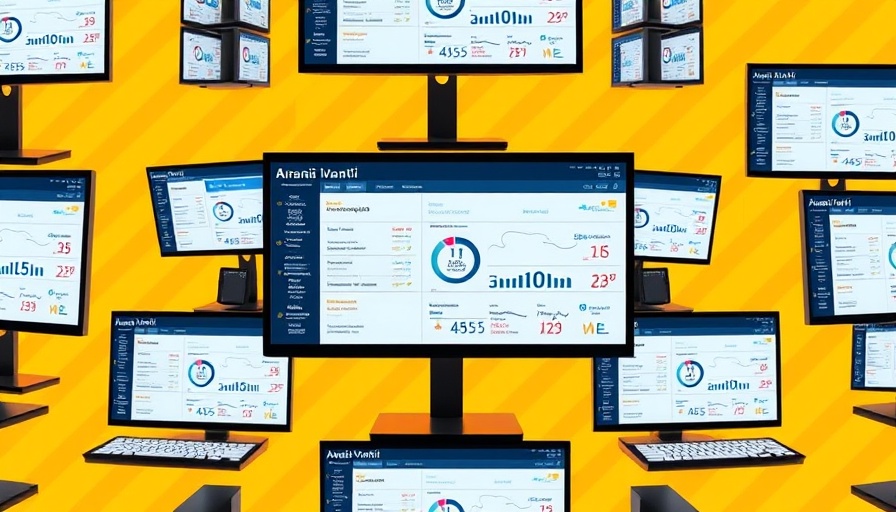
The Future of Medical Assistance in Space
The era of deep space exploration is rapidly approaching, where astronauts may spend extended periods away from Earth. This advancement poses unique challenges for maintaining the health and wellbeing of these explorers. Recognizing this, NASA, in collaboration with Google, is developing an innovative AI medical assistant known as the Crew Medical Officer Digital Assistant (CMO-DA). This tool aims to provide critical assistance to astronauts, particularly when medical professionals cannot be reached.
How CMO-DA Works: An Insight into AI Integration
The CMO-DA is designed to function independently, utilizing Google Cloud’s Vertex AI environment. It integrates multiple interfaces—speech, text, and imagery—to aid in diagnosing and treating ailments. During preliminary testing, the AI assessed various medical scenarios, achieving diagnostic accuracy ratings spanning 74% to 88%. This reliability is crucial in environments where help might be hours, or even days, away.
Revolutionizing Healthcare in Space: Implications for Earthbound Medicine
NASA's initiative to develop an AI-driven medical assistant not only prepares for interplanetary missions but also aligns with ongoing advancements in healthcare technology on Earth. The necessity for effective remote diagnostics is mirrored in communities with limited access to health professionals. As healthcare continues to embrace AI tools for diagnostics and treatment planning—think personalized medicine and telehealth services—the groundwork laid by projects like CMO-DA could inspire new solutions across various sectors.
Emerging Technology Trends: AI’s Role in Future Healthcare
AI is poised to disrupt traditional healthcare systems significantly. Technologies similar to CMO-DA empower healthcare providers with predictive analytics and actionable insights, ultimately promoting better patient outcomes. With rapid growth in telemedicine and virtual health assistants, AI in healthcare can lead to transformative changes, ushering in a future where technology-enhanced care is the norm rather than the exception.
Challenges of Healthcare AI Implementation
While CMO-DA presents a revolutionary approach to astronaut health, implementing such AI systems comes with challenges. Data privacy and security, particularly in the context of sensitive health information, are paramount. The integration of AI applications must ensure compliance with strict health regulations and maintain user confidentiality. Addressing these issues is vital for broader acceptance and the effective utilization of AI technologies in actual healthcare settings.
What Lies Ahead: The Next Big Tech Trends in Medicine
As we look to the future of healthcare, trends indicate an increasing reliance on AI-powered tools, which are progressively shaping the way medical professionals operate. From advanced data analysis capabilities to improved patient-management systems, these innovations suggest a significant transition toward smart, connected healthcare environments that mirror projects like NASA's CMO-DA. The path forward will involve continuous refinement of AI tools, enhanced training methods, and broader community engagement to overcome existing healthcare challenges.
Keeping an eye on these technological evolutions becomes crucial for anyone interested in the intersection of health and technology. As developments like the CMO-DA pave the way for next-gen healthcare solutions, staying informed ensures readiness for upcoming changes in how medical support is delivered—whether in space or right here on Earth.
 Add Row
Add Row  Add
Add 




Write A Comment